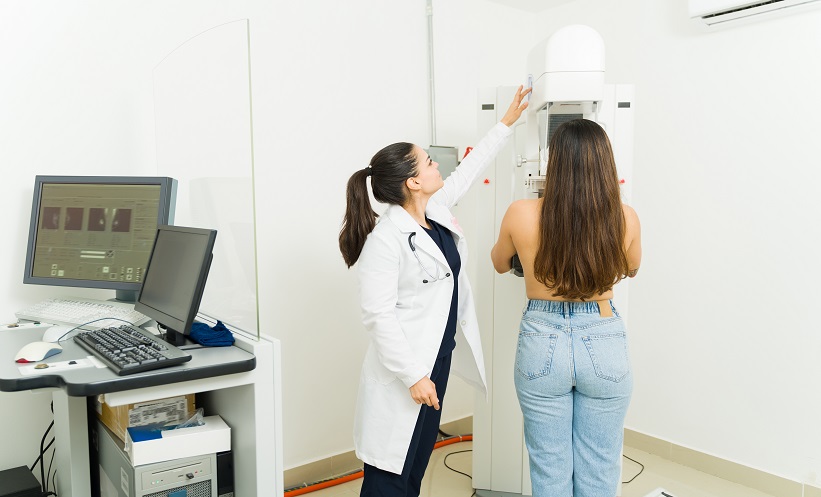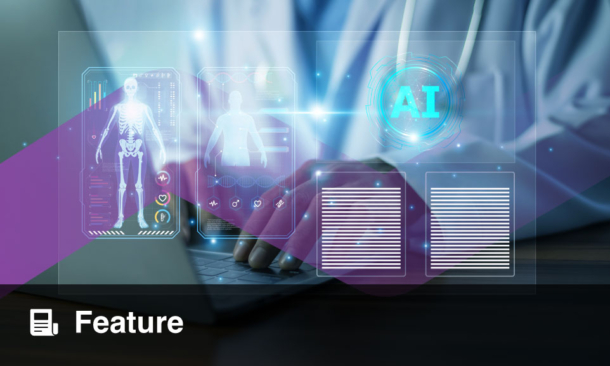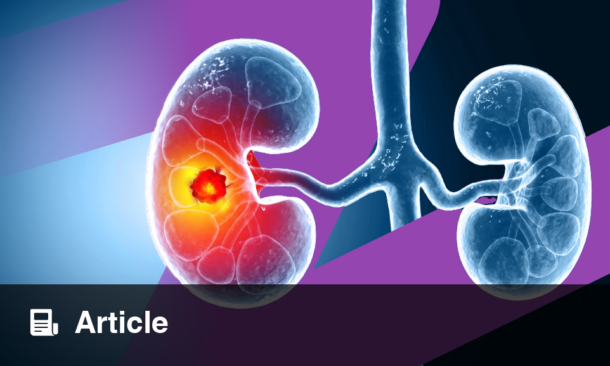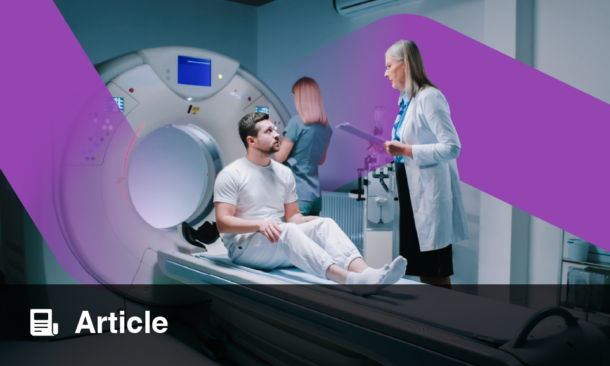BREAST cancer survivors who have undergone unilateral mastectomy face a risk of developing contralateral breast cancer, requiring regular surveillance through mammography. AI has shown promise in various medical fields, but its effectiveness in breast cancer surveillance has not been fully evaluated in patients with a history of unilateral mastectomy. A recent study aimed to compare the performance of standalone AI in detecting second breast cancer on unilateral mammograms with that of radiologists interpreting the same images without AI assistance. The findings highlight key differences in detection rates, sensitivity, and specificity, which could have significant implications for clinical practice.
The retrospective study included 4184 asymptomatic female patients with a personal history of breast cancer, all of whom underwent postmastectomy surveillance mammography between 2011 and 2023. Radiologists’ interpretations of the mammograms were compared with those of a standalone AI system, using histologic examination and 1-year follow-up data as reference standards. The comparison focused on cancer detection rates, sensitivity, and specificity, with statistical analyses conducted to assess the differences between the two methods.
Results revealed that the standalone AI system outperformed radiologists in cancer detection. The cancer detection rate for AI was 17.4 per 1000 (73 of 4184) 95% CI: 13.7–21.9; p=0.01, examinations compared to 14.6 per 1000 (61 of 4184) CI: 11.2–18.7; p=0.01) for radiologists. Additionally, AI demonstrated higher sensitivity (65.8% [95% CI: 56.2–74.5; p=0.01]) than radiologists (55.0% [95% CI: 45.2–64.4; p=0.01]). However, the specificity of AI (91.5% [95% CI: 90.6–92.3; p<0.001]) was lower than that of radiologists (98.1% [95% CI: 97.6–98.5; p<0.001]). Notably, AI detected 16 of 50 cancers that radiologists missed, but 34 cancers were missed by both AI and radiologists. These findings underscore AI’s potential to improve the early detection of contralateral breast cancer, despite a decrease in specificity.
In conclusion, standalone AI for surveillance mammography showed higher sensitivity in detecting contralateral breast cancer compared to radiologists without AI assistance, with a trade-off in specificity. This suggests that AI may be a valuable tool for enhancing cancer detection in patients with unilateral mastectomies, but clinical adoption will require balancing the sensitivity and specificity to minimise false positives and negatives. Limitations of the study include the retrospective design, reliance on a single institution’s database, and the potential for observer bias in the radiologist interpretations. Further research and broader validation are necessary before AI can be integrated into routine clinical practice.
Reference
Ha SM et al. Breast Cancer Detection with Standalone AI versus Radiologist Interpretation of Unilateral Surveillance Mammography after Mastectomy. Radiology. 2025;DOI: 10.1148/radiol.242955.








